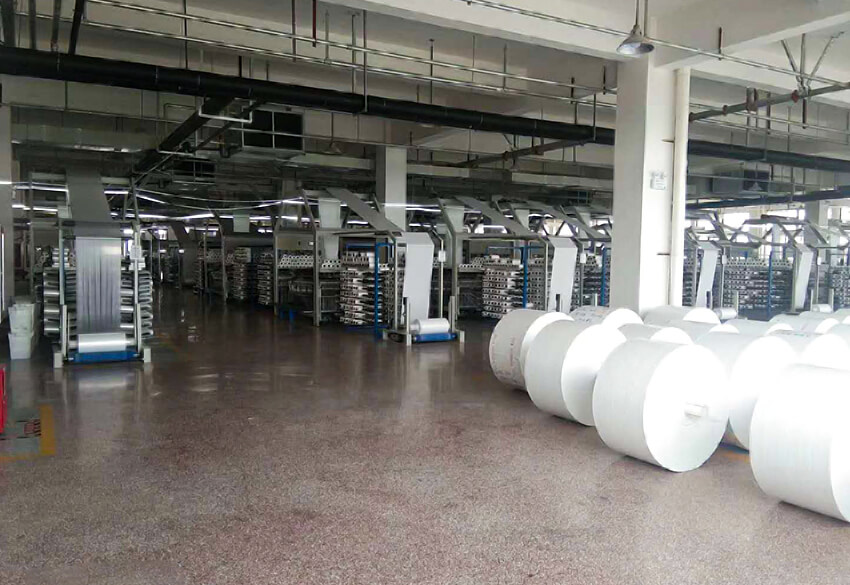Plastic woven bags are often used by people for carrying and carrying. Its common characteristics are as follows:
- Lightweight. This is a very important feature. According to professional testing, the density of plastic woven fabrics is about 0.9-0.98 g/cubic centimeter. The commonly used material for woven bags is polypropylene. Assuming that plastic woven bags do not add fillers, then its The density is equivalent to that of polypropylene. The density of polypropylene is 0.9-0.91 g/cm3.
- High cracking strength. The plastic woven bag material is a material with high flexible cracking strength, which is related to its molecular structure, crystallization degree, draft orientation, etc., and also related to the type of additive. If the specific strength is used to measure the plastic woven bag, its high on or close to metallic materials
- Good wear resistance. The friction coefficient between pure polypropylene plastic braids is small, only about 0.12, similar to nylon, to some extent the friction between plastic braids and other objects has a lubricating effect.
- Good chemical corrosion resistance. Plastic woven bags have excellent corrosion resistance, and under normal circumstances, woven bags can be stored for a long time. When the temperature rises, carbon tetrachloride, xylene, turpentine, etc. can swell it, fuming nitric acid, fuming sulfuric acid, halogen elements and other strong oxides will oxidize it, it is resistant to strong alkali and general acids Good corrosion resistance.
- Good electrical insulation. Pure polypropylene braid is an excellent electrical insulator. Because it does not absorb moisture and is not affected by humidity in the air, it also has a high breakdown voltage and a dielectric constant of 2.2-2.6. Although plastic braids have good insulation, this does not mean that they can be used as insulating materials. The upper woven bag is not fully insulated.
- Environmental resistance. At room temperature, plastic woven bags are basically not corroded by moisture. According to the measurement data, the water absorption rate within 24 hours is less than 0.01%, and the water vapor permeability is also very low. However, at low temperatures, the woven bag is prone to cracking due to becoming brittle, so we should pay attention to the room temperature when storing the woven bag, but it will not go moldy.


